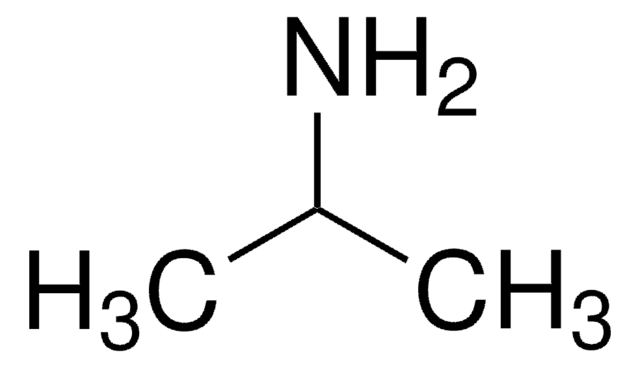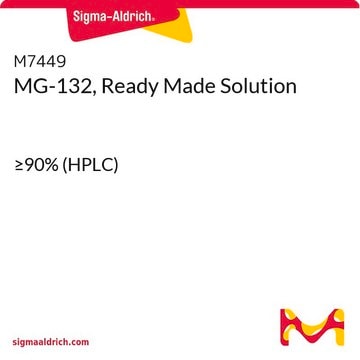239763-M
Cycloheximide
Cycloheximide, CAS 66-81-9, is an antifungal antibiotic that inhibits protein synthesis in eukaryotes but not prokaryotes.
Synonym(s):
Cycloheximide
About This Item
Recommended Products
Quality Level
Assay
≥90% (by assay)
form
powder
manufacturer/tradename
Calbiochem®
storage condition
OK to freeze
color
white to brown
storage temp.
room temp
InChI
1S/C15H23NO4/c1-8-3-9(2)15(20)11(4-8)12(17)5-10-6-13(18)16-14(19)7-10/h8-12,17H,3-7H2,1-2H3,(H,16,18,19)/t8-,9-,11-,12+/m0/s1
InChI key
YPHMISFOHDHNIV-FSZOTQKASA-N
General description
Warning
Other Notes
Lu, Q. and Mellgreen,R.L. 1996. Arch. Biochem. Biophys.334, 175.
Chow, S.C., et al. 1995. Exp. Cell Res.216, 149.
Waring, P. 1990. J. Biol. Chem.265, 14476.
Obrig, T.G., et al. 1971. J. Biol. Chem.246, 174.
Pestka, S. 1971. Annu. Rev. Microbiol.25, 487.
Legal Information
Signal Word
Danger
Hazard Statements
Precautionary Statements
Hazard Classifications
Acute Tox. 2 Oral - Aquatic Chronic 2 - Muta. 2 - Repr. 1B
Storage Class Code
6.1A - Combustible acute toxic Cat. 1 and 2 / very toxic hazardous materials
WGK
WGK 3
Flash Point(F)
Not applicable
Flash Point(C)
Not applicable
Certificates of Analysis (COA)
Search for Certificates of Analysis (COA) by entering the products Lot/Batch Number. Lot and Batch Numbers can be found on a product’s label following the words ‘Lot’ or ‘Batch’.
Already Own This Product?
Find documentation for the products that you have recently purchased in the Document Library.
Customers Also Viewed
Our team of scientists has experience in all areas of research including Life Science, Material Science, Chemical Synthesis, Chromatography, Analytical and many others.
Contact Technical Service









